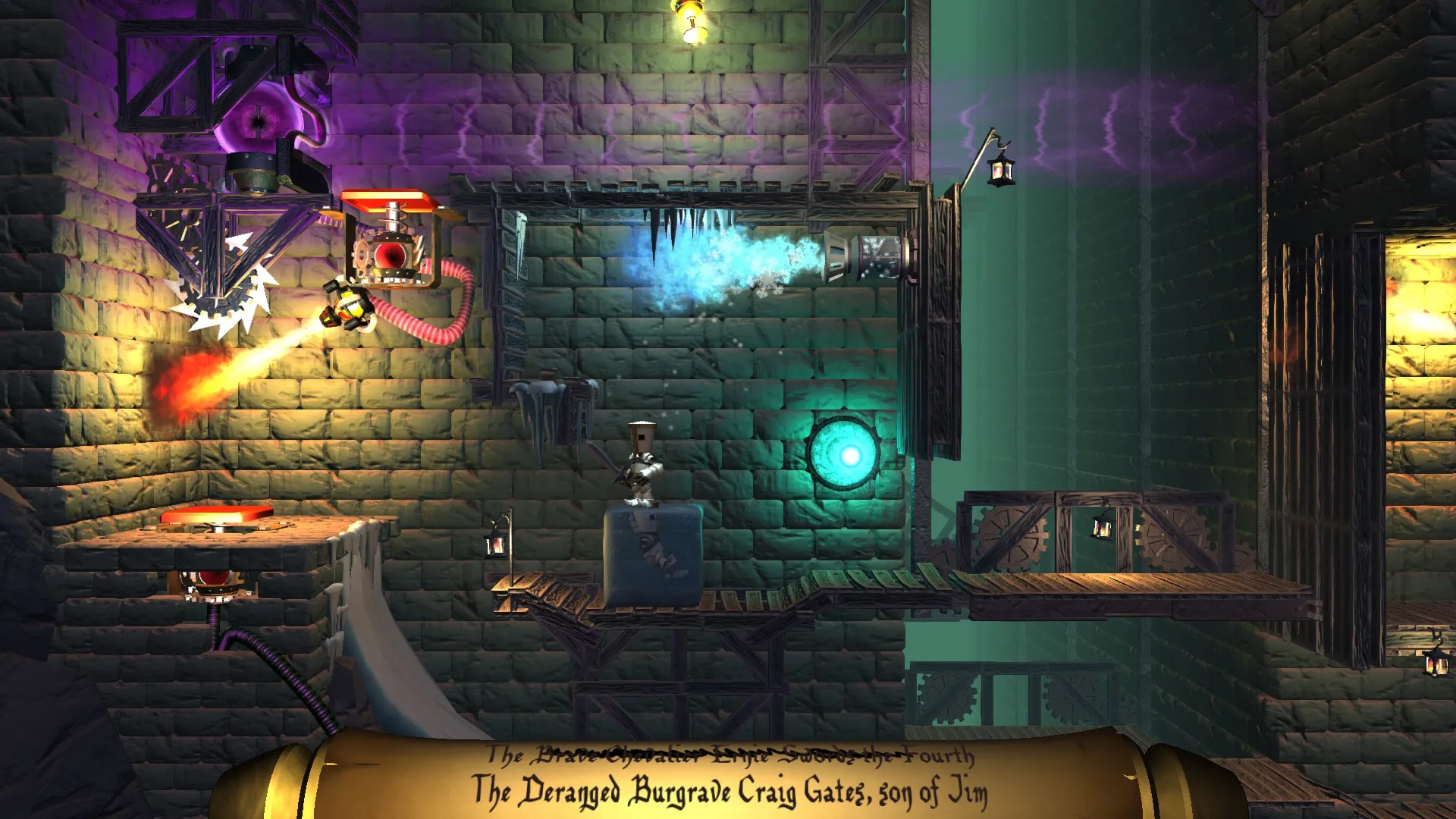
Life Goes On: A Unique Platformer Built on Sacrifice
Contents
Life Goes On, the debut title from Infinite Monkeys Entertainment, presents a unique twist on the 2D platformer genre. Released in 2014, this indie game challenges players to navigate treacherous levels using a rather unconventional method: sacrificing an endless supply of knights. But does this novel approach translate into a truly compelling gaming experience? Let’s delve into the mechanics, level design, and overall appeal of Life Goes On.
A Morbidly Creative Gameplay Loop
 Knights facing various traps
Knights facing various traps
Life Goes On tasks players with guiding a procession of knights from start to finish, overcoming obstacles to claim the Cup of Life. The core gameplay is reminiscent of classic platformers like LIMBO, but with a crucial difference: death is not the end, but rather a necessary tool. Players must strategically sacrifice knights to create pathways and overcome traps. Impaling them on spikes, burning them in fire, freezing them into ice blocks, or even launching them from cannons are all viable (and frequently employed) strategies.
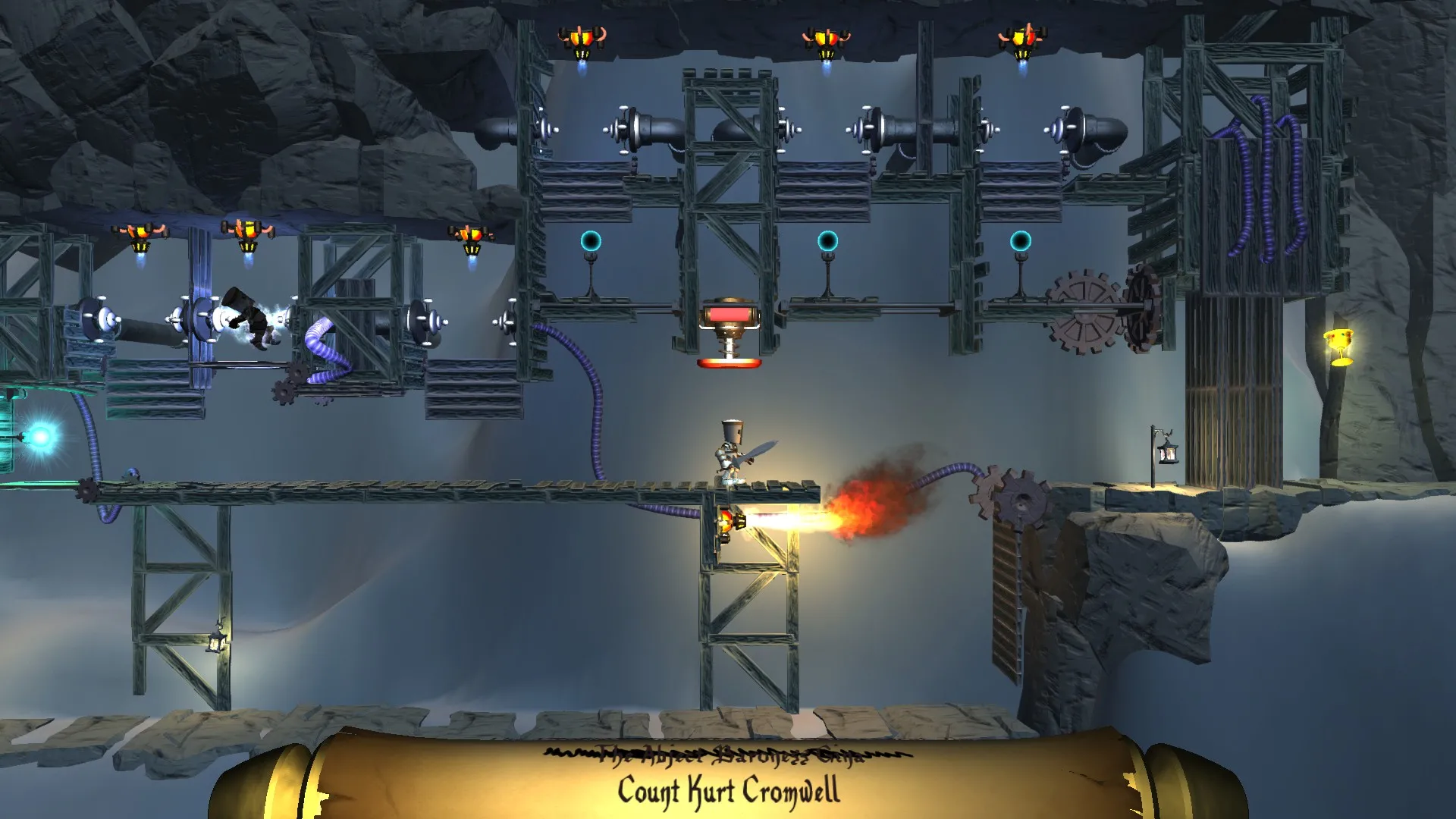 Knights using a frozen knight as a platform
Knights using a frozen knight as a platform
For example, a seemingly impassable pit of spikes becomes navigable by sacrificing a knight to bridge the gap. Similarly, reaching a higher ledge might require freezing a knight into a makeshift stepping stone. The game encourages creative problem-solving, demanding players to think outside the box (and often, inside the coffin). As the game progresses, the puzzles become more intricate, requiring increasingly elaborate chains of sacrifice to succeed. This innovative approach makes Life Goes On stand out from the crowd.
Well-Designed Levels with a Touch of Spectacle
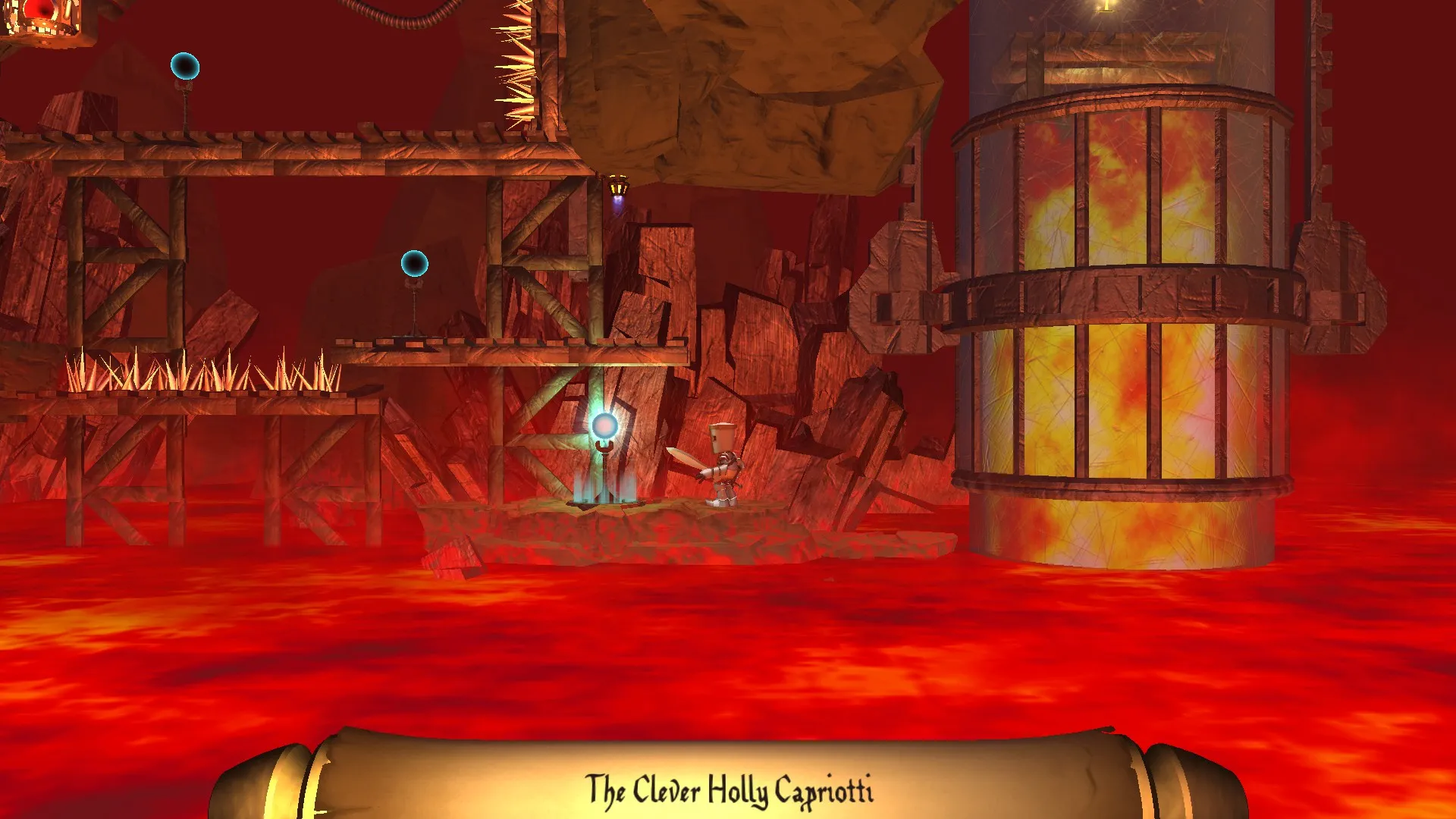 Knights navigating a level
Knights navigating a level
Life Goes On offers 51 levels spread across three distinct environments: The Mines, The Mountain, and The Castle. The difficulty gradually increases, introducing new traps and challenges as players progress. The level design is commendable, with each element carefully placed to create logical puzzles. The game strikes a good balance between platforming and puzzle-solving, never leaning too heavily on either aspect.
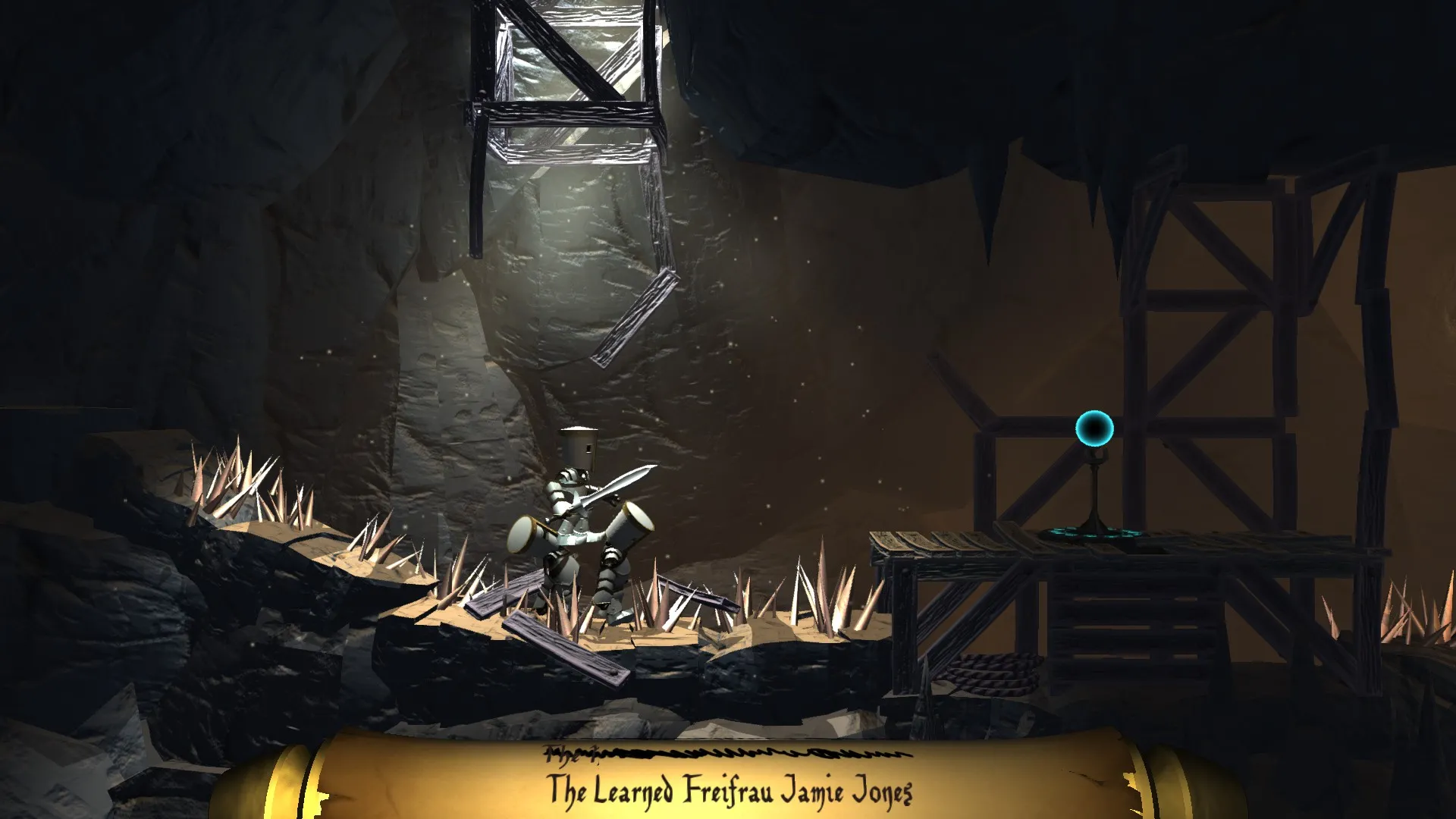 Knights in a collapsing castle
Knights in a collapsing castle
Particularly noteworthy are the final levels of each area, which introduce dynamic environmental hazards. Navigating a collapsing castle, escaping a rising tide of lava, or sliding down a snowy mountain adds a thrilling layer of urgency to the gameplay. While these set pieces don’t significantly impact the difficulty, they enhance the overall experience. The final level, which doubles as the game’s credits sequence, is a particularly memorable highlight, showcasing the game’s creative level design and humorous tone.
Charming Visuals and Audio Design
 Knights running
Knights running
Despite its indie origins, Life Goes On boasts surprisingly polished visuals. The animations are smooth and detailed, and the environments are visually distinct. The knights themselves, clad in shining armor and wielding sharp swords, are endearingly clumsy in their movements. Their unique names add a touch of personality to each doomed adventurer.
The audio design is equally charming, even with a limited soundtrack. The music effectively conveys the tension of the later levels, and the sound effects, particularly the knights’ dying screams, are surprisingly varied and amusing. The attention to detail, including the unique screams recorded by different individuals, speaks to the developers’ commitment to their quirky creation.
A Short-Lived Adventure
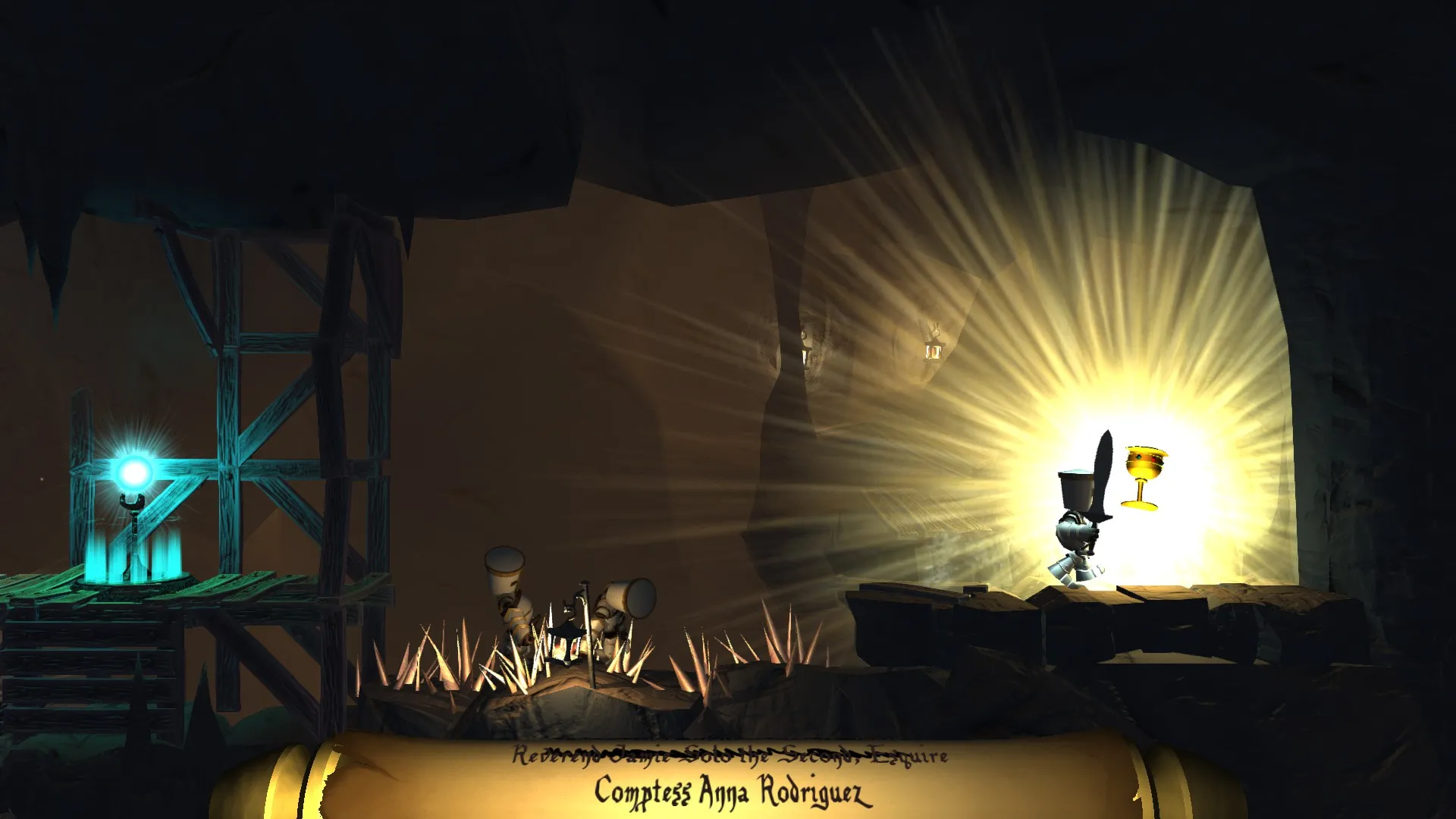 Knights in a mine level
Knights in a mine level
While Life Goes On’s innovative gameplay and charming presentation are undeniable, its brevity and lack of challenge hold it back. Completing the game’s 51 levels takes only a few hours, and the lack of a traditional “game over” mechanic diminishes the sense of risk. While the game tracks completion time and knight casualties, these metrics don’t add much replay value.
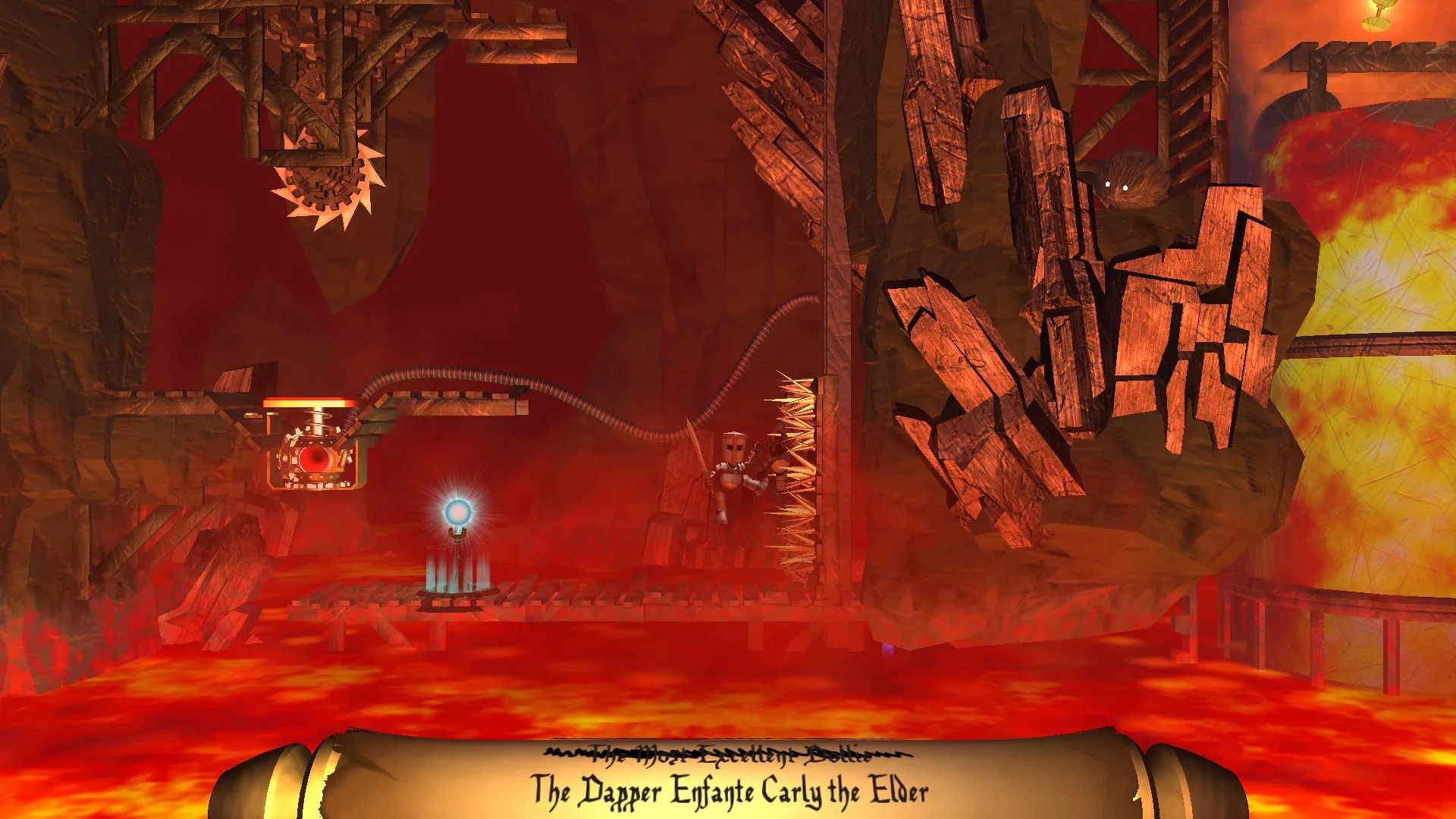 A knight being launched from a cannon
A knight being launched from a cannon
This limited challenge makes Life Goes On a difficult recommendation for certain audiences. The short playtime may not justify the price for some players, and the puzzles might be too complex for younger children. Introducing a limit on the number of knights available per level could have significantly increased the challenge and replayability.
Conclusion
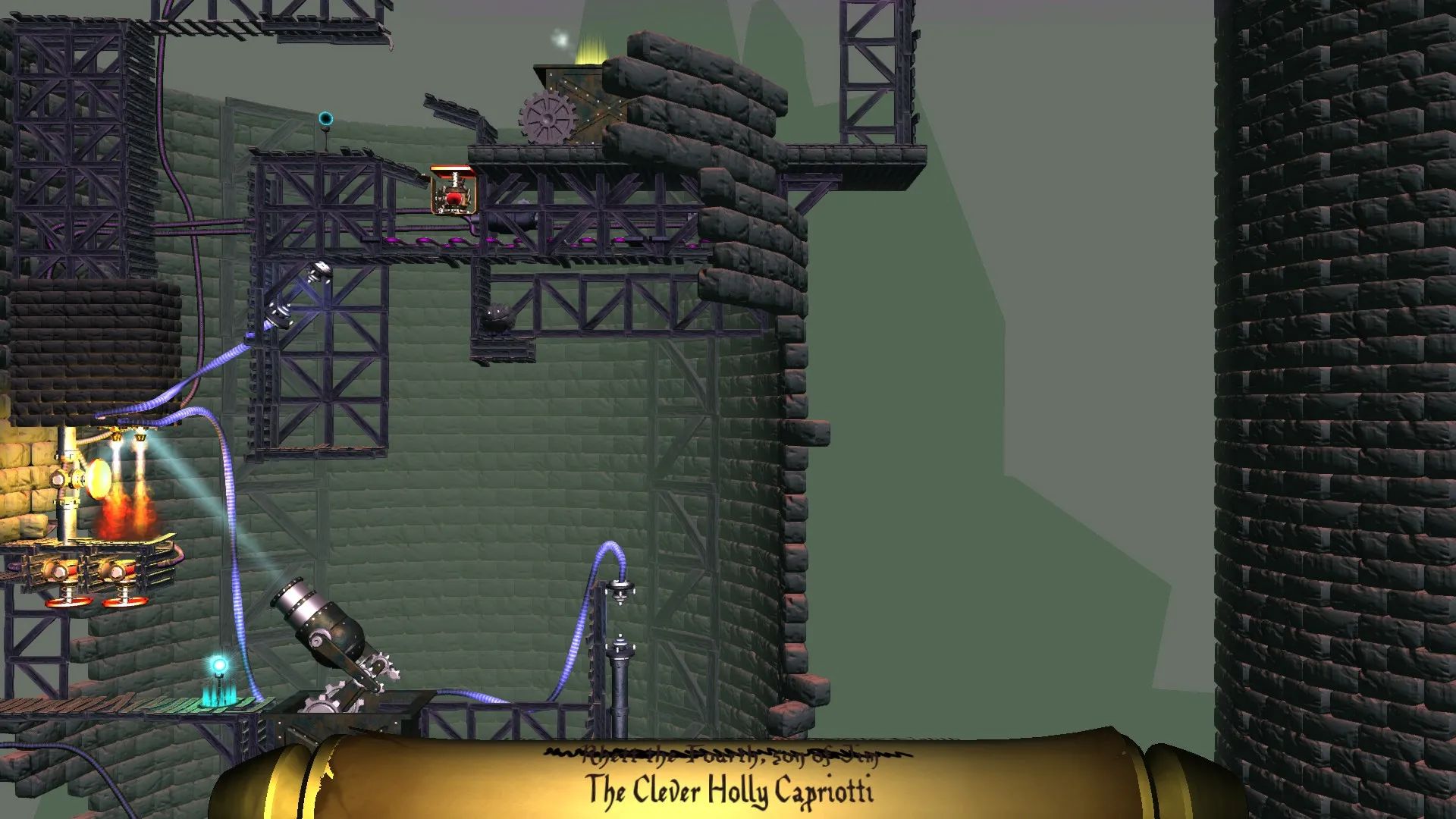 A knight about to be crushed by a trap
A knight about to be crushed by a trap
Life Goes On is a unique and entertaining platformer with a morbidly creative core mechanic. Its clever level design, charming presentation, and humorous tone make it a memorable experience. However, its short playtime and lack of significant challenge may leave some players wanting more. Despite its shortcomings, Life Goes On remains a testament to the ingenuity of indie game development, proving that sometimes, the path to victory is paved with the corpses of your comrades.





Comments (0)